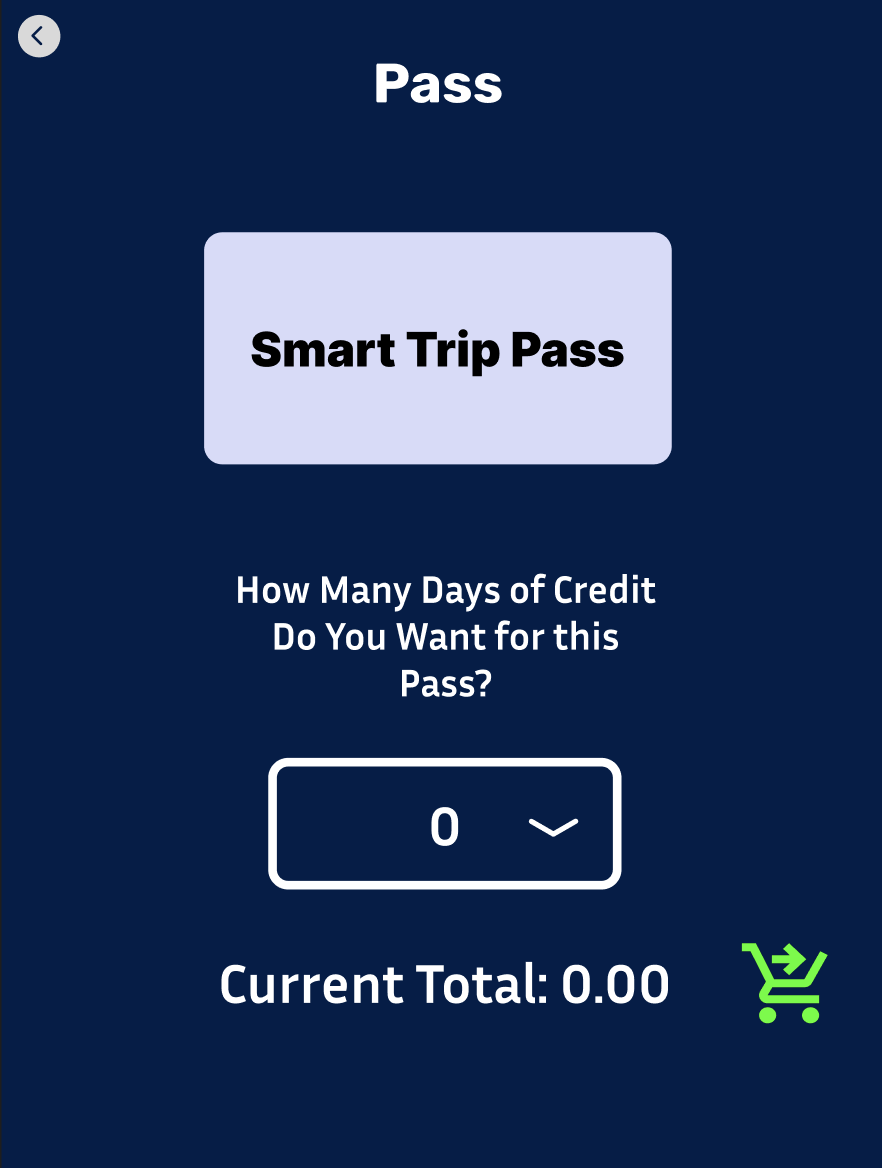WMTA Kiosk Redesign
Step into a world where transportation meets innovation in the heart of the Nation's capital. Washington, D.C. thrives on its public transportation system, and as our vibrant city continues to evolve, it's essential that our means of accessing it keep pace. That's why we're excited to present a game-changing solution that will revolutionize your journey to the city: the WMTA Kiosk – an advanced IoT Touchscreen Kiosk that replaces the traditional metro card machines.
Created for INST406: Cross Disciplinary Communication Lab
Team
Chris Esmele
Emma Curley
Paula Shin
Patrick Young
My Role
Visual Design
Product Conceptualization
Interface Design
Tools
Figma
Adobe Photoshop
Google Office
Problem
The current D.C. Metro ecosystem is undergoing renovations, including new turnstiles, routes, and metro cars. However, the usability of the current metro card vending machines lags behind, as they remain outdated with no signs of an updated transaction system.
The existing card kiosk is convoluted and unintuitive, posing challenges for users to navigate the system efficiently. The menu options and navigation buttons lack clear labels and organization, causing confusion and frustration among commuters.
Solution
Transform the analog kiosk into a state-of-the-art digital system that enhances usability, incorporates IoT networking, and provides flexible transaction options. This upgrade aims to modernize the kiosk, allowing for a more streamlined and user-friendly experience using a touchscreen interface.
By leveraging IoT technology, the kiosk can seamlessly connect to the network, enabling real-time updates and remote management. The enhanced transaction options will provide users with more flexibility, such as accepting various payment methods and offering additional services.
User Personas
-

Sarah Goode
Sarah is a tourist visiting Washington, D.C. for the first time. English is not her native language, and she struggles with understanding and navigating the current WMTA kiosk due to the lack of language options. It becomes challenging for her to purchase tickets or understand the instructions, hindering her exploration of the city's public transportation system.
-

John Marsh
John is a tourist visiting Washington, D.C. for the first time. He is not familiar with the local public transportation system and relies on the WMTA kiosk to purchase his tickets. Unfortunately, due to the kiosk's poor explanation of the options, John mistakenly buys a SmartTrip card instead of an unlimited pass. As a result, he faces frustration and disappointment as he realizes that individual rides with the SmartTrip card are not cost-effective for his planned itinerary. He wishes there was clearer information at the kiosk to help him make the right choice and save money during his visit.
-

Emily Parks
Emily is a local resident who relies on the WMTA kiosk for her daily commute. However, she finds the current machine poorly designed and hard to work with. The convoluted interface, unresponsive, small screen, and lack of clear organization make the process time-consuming and frustrating. Emily often experiences delays and difficulties when attempting to purchase or reload her card, leading to a poor user experience.
Investigating the Problem
Current Interface
Unclear Labels
Poor translation options
Small screen space
Mapping of steps is not ordered well
Complex and confusing menu options
Overwhelming amount of information
Lack of visual hierarchy
Transactions
Have to purchase 1 card at a time
Lack of initial balance options
Not enough screen space to overview payment
Separate transactions for each card
Values compared to train/bus fees aren’t shown
Expired cards lose all their value
Connectivity
Lack of supportive navigation system
Analog approach is very outdated
No possibility of using Apple Pay
No integration with the rest of WMTA systems
Much more easier to load your card on your phone
Updating Kiosks requires a lot of technician work in the analog system
Customers who require a temporary and unlimited pass, specifically designed for those visiting D.C., now have the opportunity to purchase cost-effective one-way tickets and extended stay passes tailored to their own preferences through the kiosk. Previously, such options were unavailable, resulting in a lack of flexibility for tourists.
Making Options Visible
The current WMTA system relies on static, printed text on its kiosks for guiding its customers on their purchase. Our team took a modern approach in making the information system a touchscreen kiosk. This new interfaces allows for mapping different workflows clearly, presenting its 3 primary purchasing options for potential customers.
This touchscreen not only allows for better visibility, but also works to support it as a live IoT software system, allows for different language options for tourist.
Improving Options
Customers now have more options to manage their funds:
Transfer funds to their SmartTrip card using touch-free methods
Recover funds from expired cards
Use card to card fund transfers
These features allow customers to get the best out of our dynamic system, saving more money with user-centered options.
Our system now offers an enhanced option for purchasing SmartTrip cards, allowing users to purchase up to 4 cards simultaneously. Leveraging the flexibility of a touchscreen, our system optimizes screen space to efficiently manage multiple card purchases. This feature enables users to conveniently select and configure initial balances for each card, enhancing the overall purchasing experience.
Fostering Accessibility
With the flexibility of a touchscreen, we can now provide dynamic language options throughout the interface. By offering language choices, the kiosk becomes more user-friendly for residents and visitors alike, eliminating language barriers and allowing everyone to access the same services. This not only improves usability but also fosters a sense of belonging and equal access to transportation services, creating a more inclusive and welcoming experience for all individuals in the diverse city of DC.
This transformative upgrade represents more than just a simple improvement; it signifies the next leap forward in D.C.'s technological movement.
The transition from analog machines to software-powered kiosks goes beyond superficial aesthetics. It serves as a catalyst for Washington D.C.'s overall transformation and signifies our nation's commitment to delivering exceptional public experiences. As the capital of our nation, the metro system and other public works reflect our collective dedication to the betterment of our citizens. By embracing technology in this effort, we demonstrate the value we place on providing enriching experiences to those we serve. This shift represents a significant step forward in showcasing our commitment to innovation, progress, and the wellbeing of our community in the DMV.








